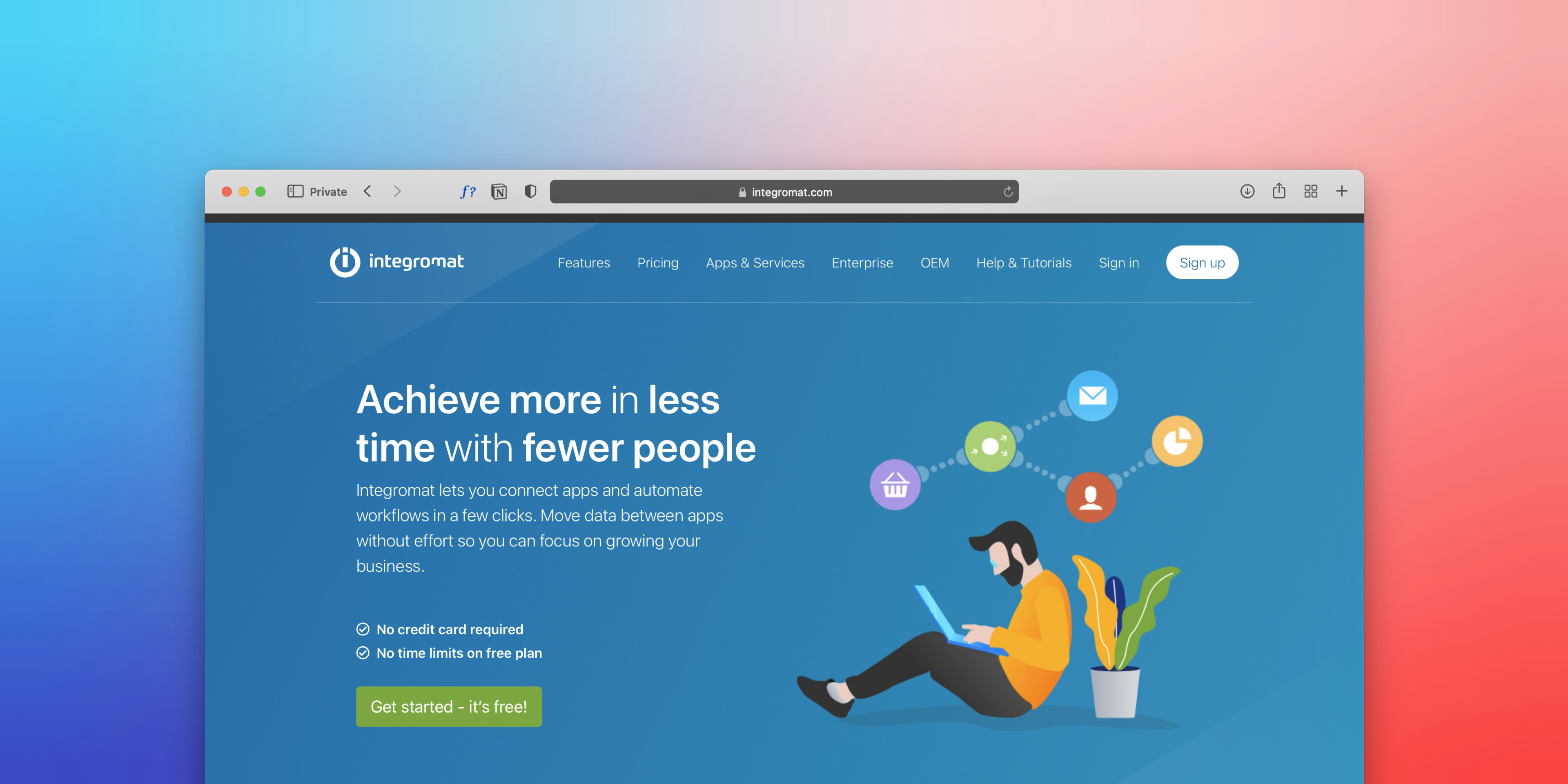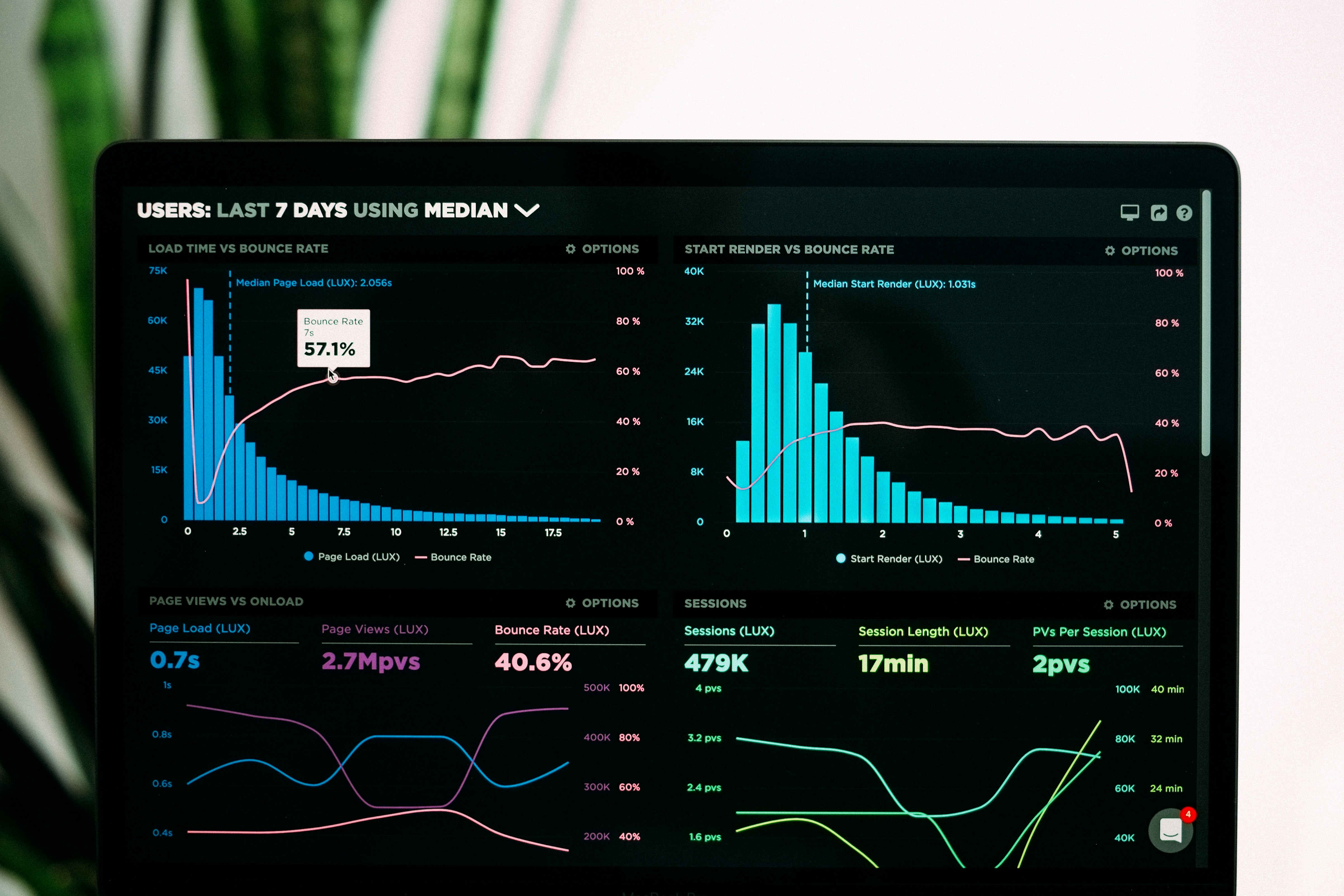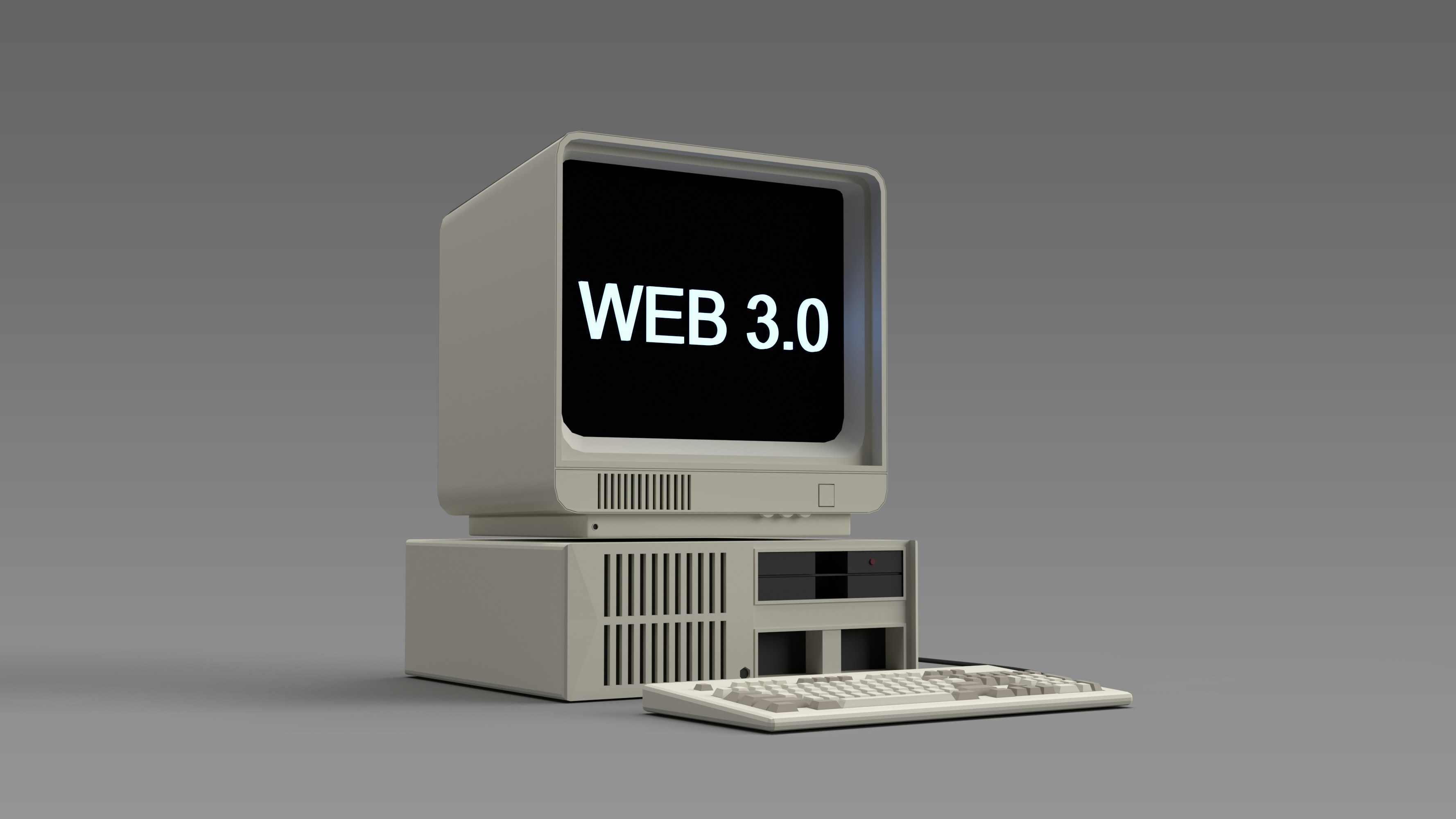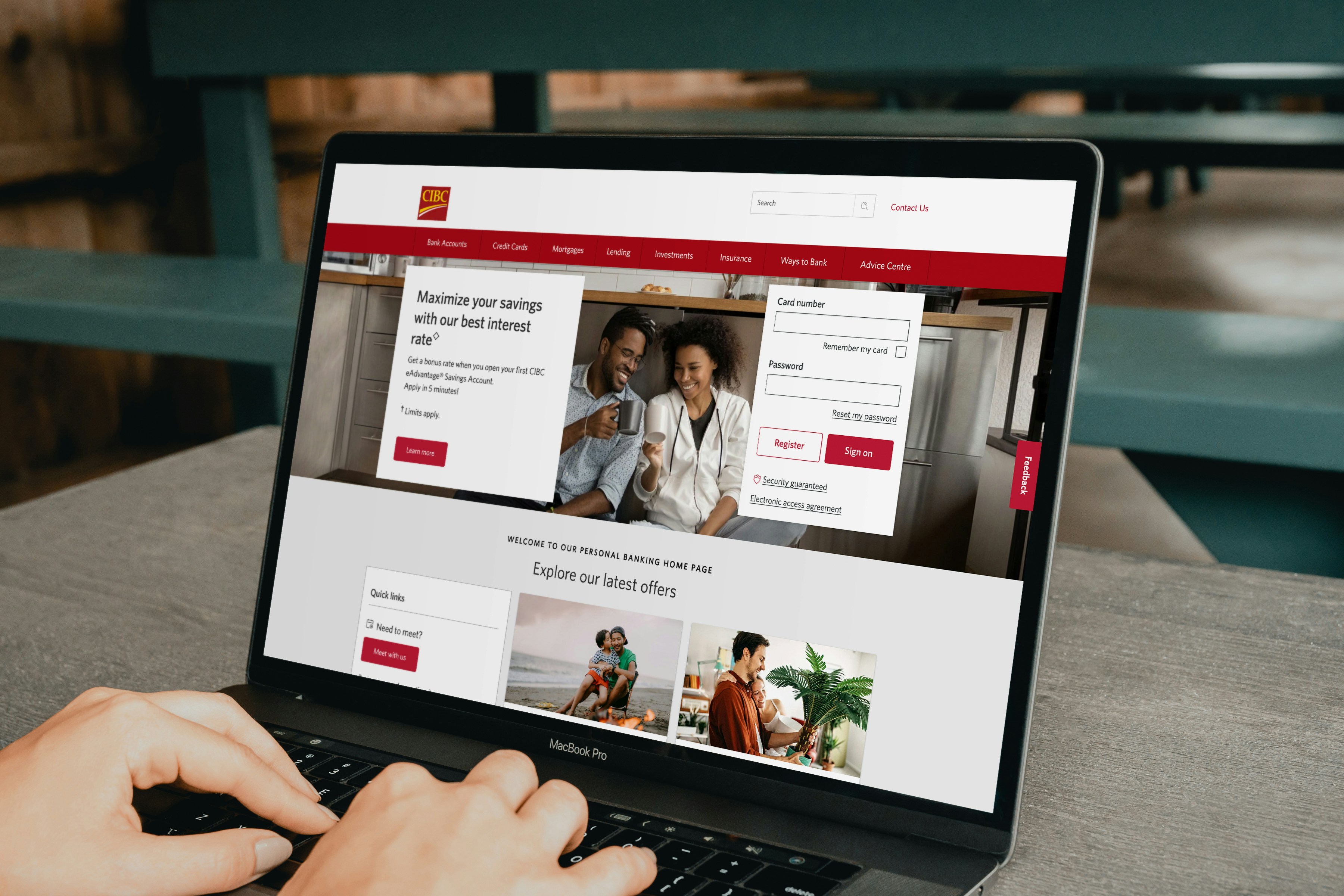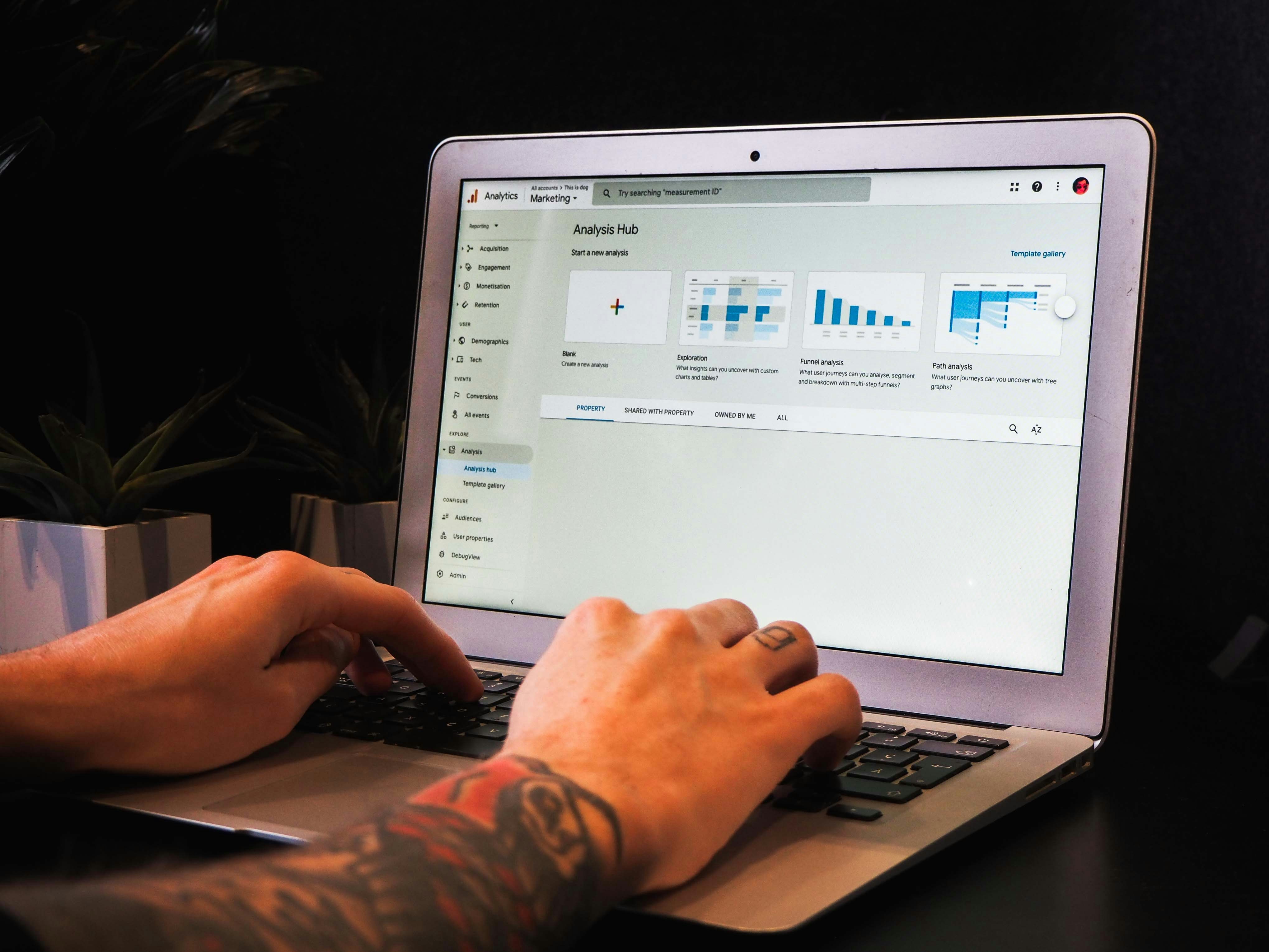The Difference Between Revenue and Profit: What Every Entrepreneur Really Needs to Know
Whether you run an online store, a creative studio, or a service-based business, one thing is certain: understanding your numbers determines the success of your company. Yet many entrepreneurs are misled by one particular figure — revenue. It often looks impressive, especially when it’s growing. But revenue tells only part of the story. It’s only when you understand what profit is and how it’s created that you gain real insight into the financial health of your business.
What Revenue Really Means
Revenue is the total amount of money your business earns from selling products or services within a given period. It shows how much cash flows through your company, but not how much of it actually stays. Imagine you sell a thousand T-shirts for €20 each — your revenue is €20,000. That number looks great on paper, but it tells you nothing about how much money you actually keep after paying your costs.
Revenue is like the top layer of a financial cake: it looks substantial, but there are many layers underneath. From production costs to marketing expenses, shipping fees to taxes — all those costs eat away at that impressive figure. That’s why high revenue doesn’t necessarily mean your business is performing well.
The Journey from Revenue to Profit
To get from revenue to profit, you first need to account for all your expenses. These include the cost of materials or products, rent for your workspace, salaries, software subscriptions, insurance, and taxes. Only after everything is paid can you see what truly remains: your profit.
Profit isn’t what comes in — it’s what’s left. There are different types of profit, each revealing something unique about your business performance. Gross profit is the difference between your revenue and the direct costs of producing your goods or services. Subtract your operating expenses from that, and you get your operating profit. Finally, once taxes are deducted, you’re left with net profit — the amount that actually ends up in your account.
Why a High Revenue Doesn’t Tell the Whole Story
A common mistake entrepreneurs make is focusing too much on revenue growth. Increasing revenue feels like success, but without cost control, that success can be deceiving. Imagine your business earns €100,000 in revenue but spends €105,000 in expenses — you’re operating at a loss, even though your sales look great on paper.
On the other hand, a smaller business with €50,000 in revenue and well-managed costs can be far more profitable. Profit, not revenue, is the true measure of your company’s health and sustainability. A profitable business grows steadily, has room to invest, and can better weather economic ups and downs.
Smarter Business: Increasing Profit Without Selling More
The good news is that profit doesn’t only grow by selling more. Often, the key lies in working smarter and managing more efficiently. By critically assessing your suppliers, streamlining your processes, and refining your pricing strategy, you can improve your margins without increasing sales.
You might find that a small price increase has little impact on your sales volume but significantly boosts your profit. Or you may decide to drop products that take a lot of time but bring in little return. Automation can also play a big role — less manual work means lower operating costs and more time for value-creating activities.
Another smart way to grow profit is by offering more value to existing customers. Introduce complementary products or additional services that enhance their experience. This increases the average order value without requiring extra marketing spend, helping you build deeper customer relationships and stronger profitability.
Insight as the Key to Growth
Understanding the difference between revenue and profit isn’t just a financial detail — it’s a business necessity. Entrepreneurs who truly know their numbers make better decisions, invest more strategically, and build more sustainable companies. Profit is the fuel that keeps your business running. It’s what allows you to reinvest, innovate, and keep moving forward.






